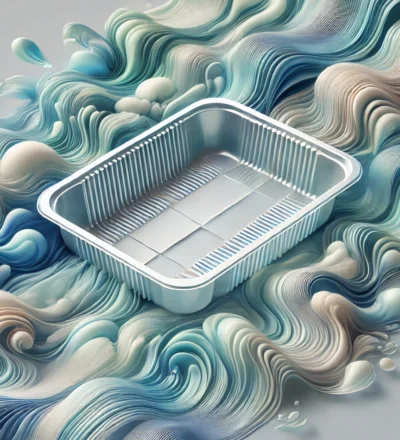The circularity of non-bottle PET packaging remains a challenge to improve. This article discusses several ways to enhance the recyclability of various PET tray products.
The compositions of Dutch lightweight packaging waste (LWP) and sorted products named “PET (Polyethylene terephthalate) trays” have been determined on object level. Additionally, the PET trays from both waste types were sorted in 16 categories representing their packaging use and material build-up. The material composition of at least 10 representative trays from each category was determined with chemical and thermal analysis, based on which the average material composition per category was established. Based on this data the average material composition of sorted PET tray products was approximated. The recyclability of the various categories of PET trays was assessed based on their material build-up. The most ubiquitous PET trays in Dutch LWP and sorted products were only found to be suitable to produce opaque recycled PET with mechanical recycling processes. Whereas only some more uncommon PET trays can be used to produce transparent recycled PET with mechanical
recycling processes. Depolymerisation is deemed to be a more appropriate recycling process that will allow the production of transparent food-grade recycled PET.
Download your free copy
Our publications are free to access. Simply provide your first name and email address to download.
